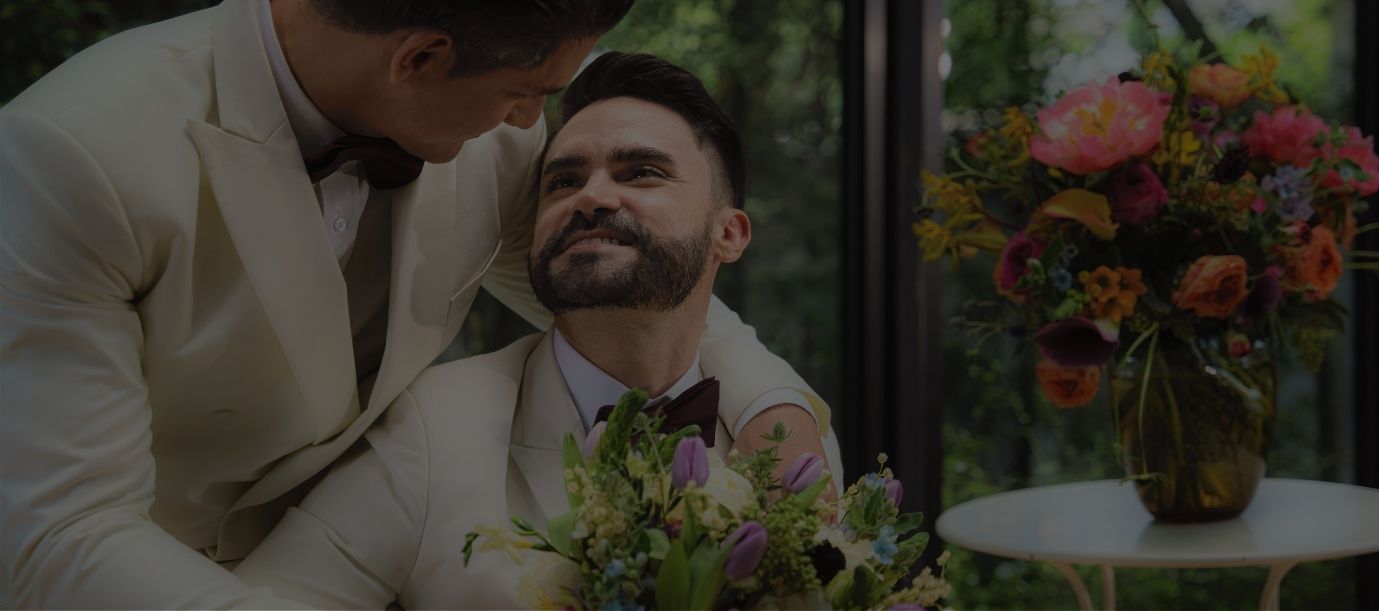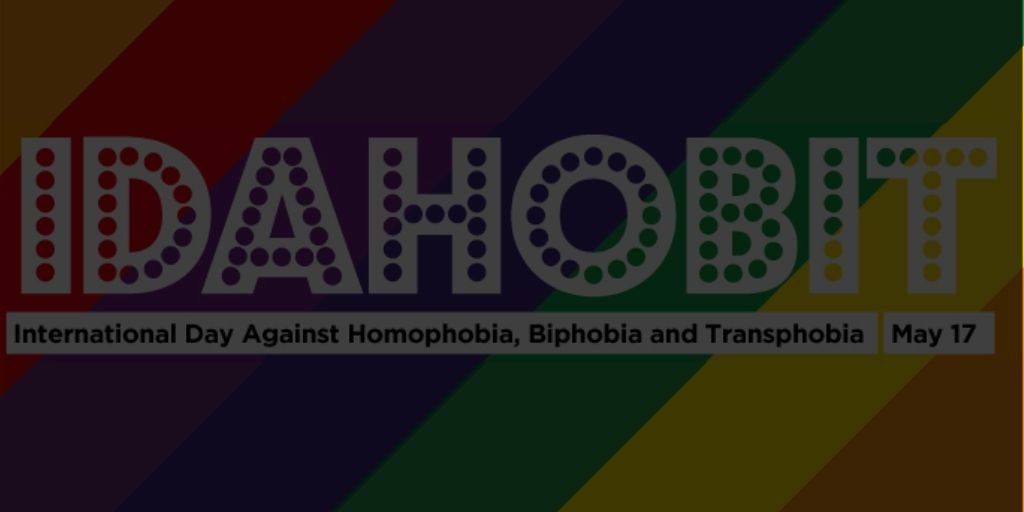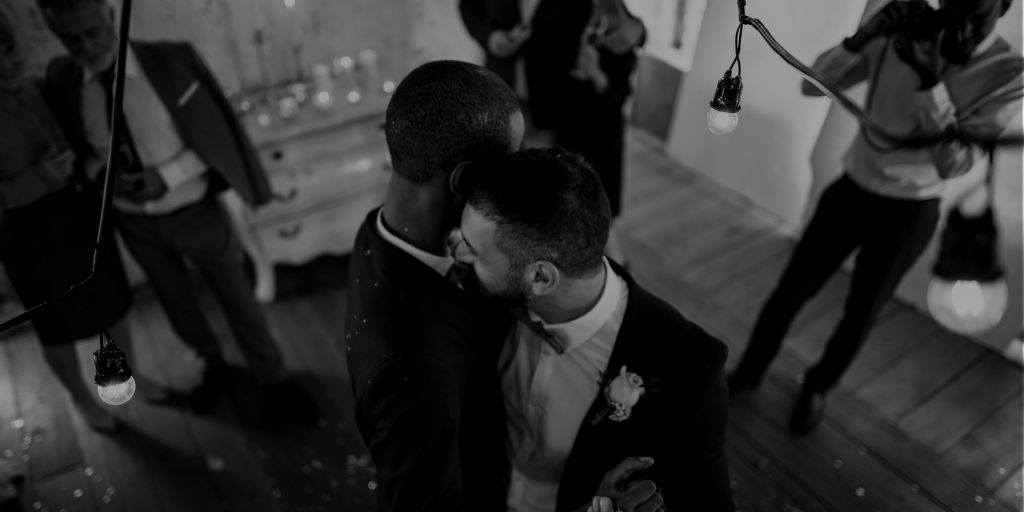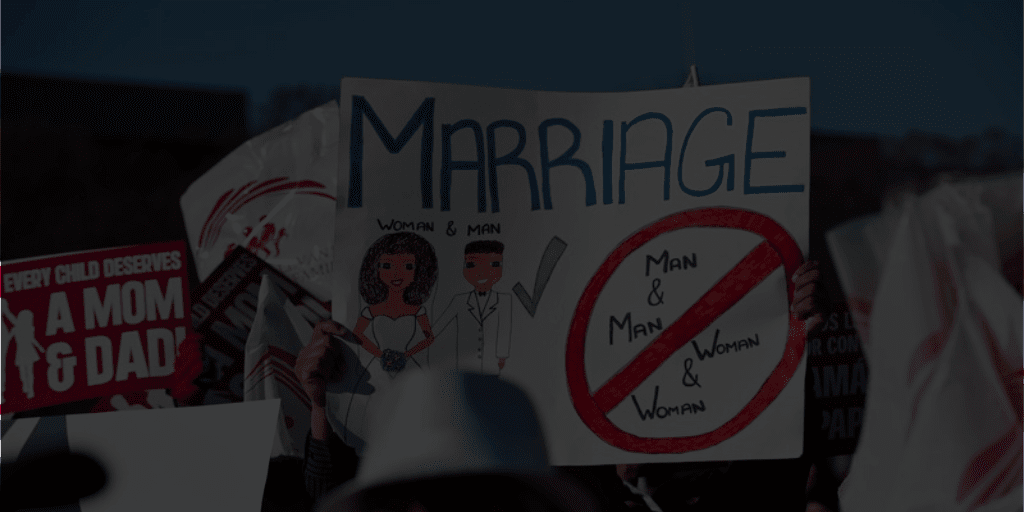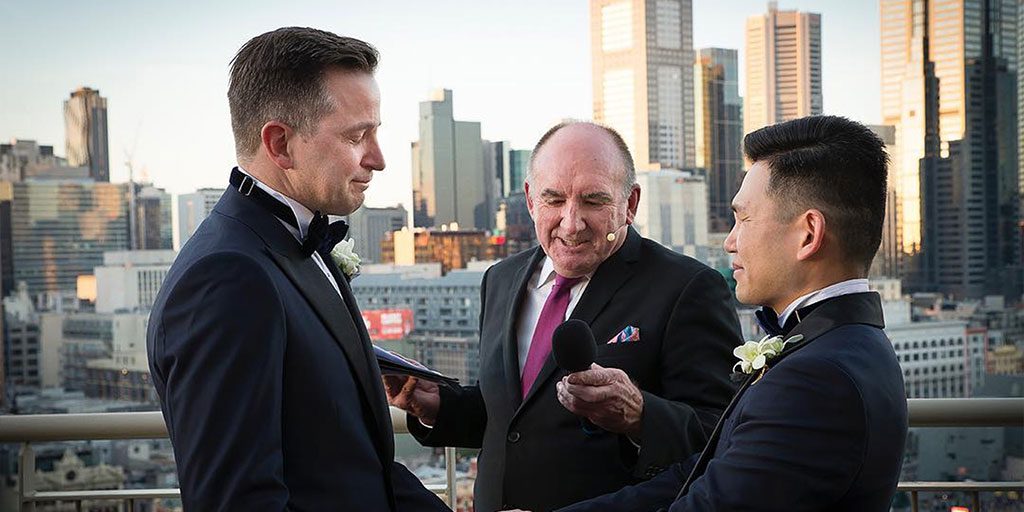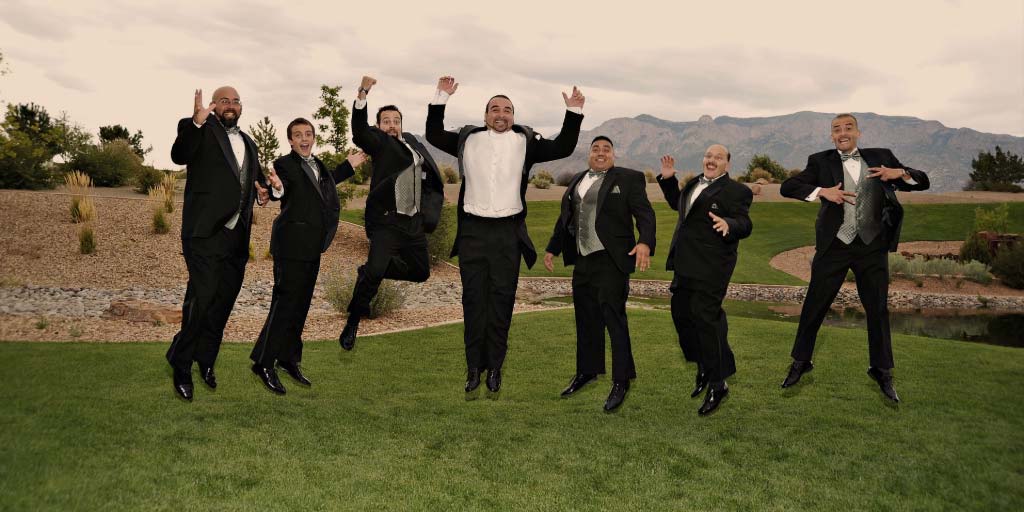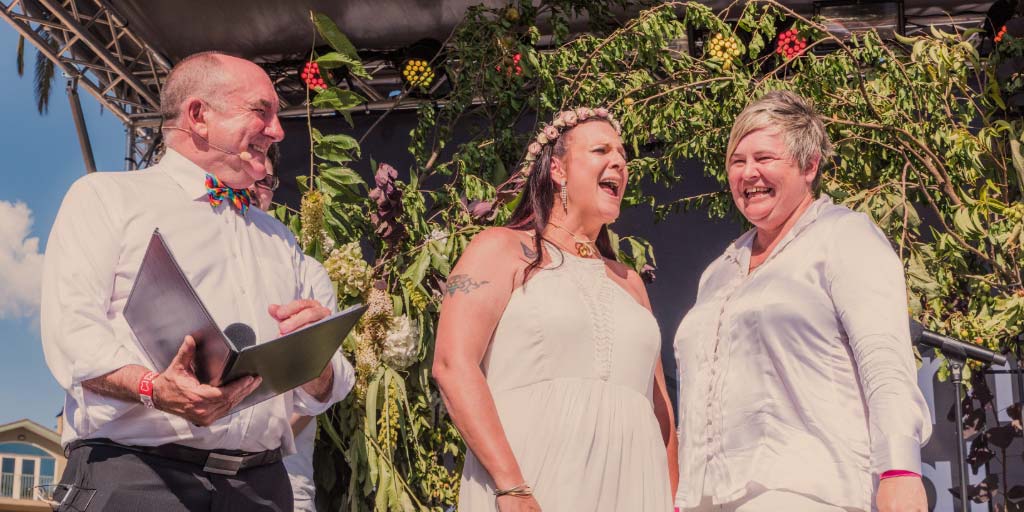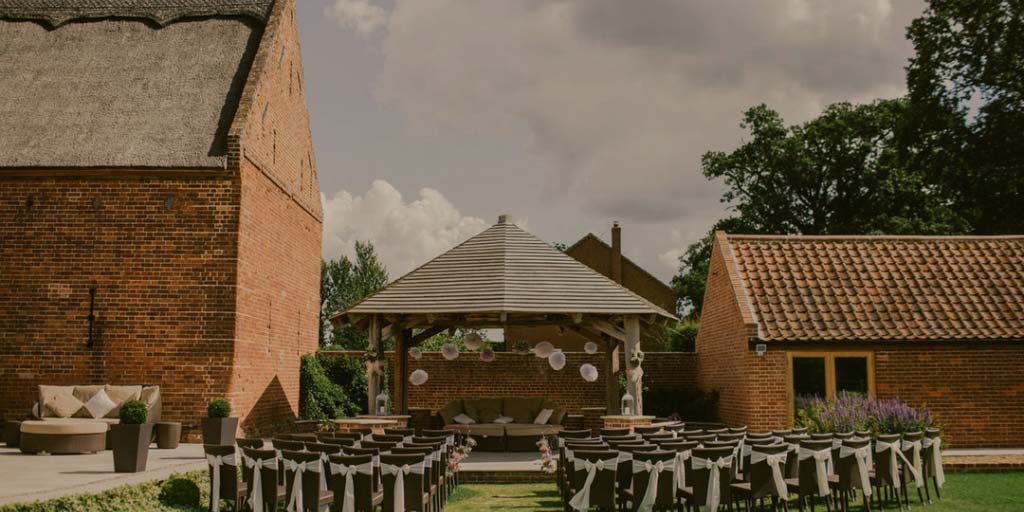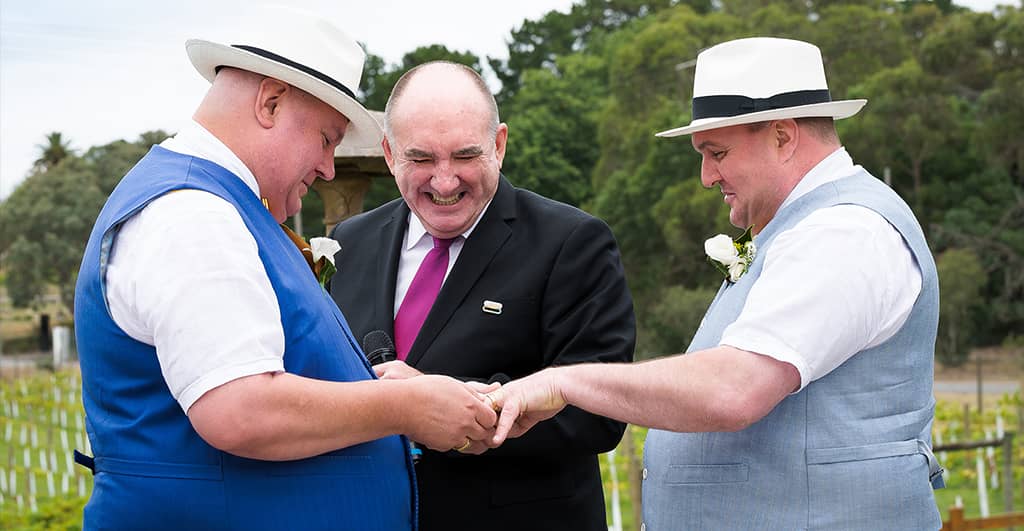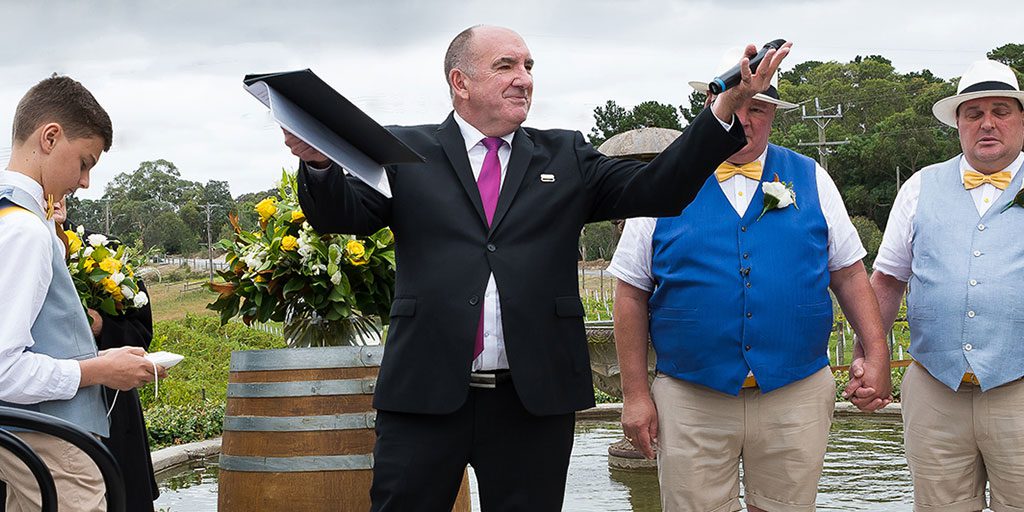Why is there a need to change the Notice of Intended Marriage?
The Australian Government has recently consulted with relevant groups affected by proposed changes to the Notice of Intended Marriage (NOIM). The NOIM is the first piece of legal paperwork that couples sign – it signals their desire and intention to get married. By way of history, the previous NOIM contained gendered and outdated language. It was also a clunky form that had been poorly designed.
The revisions to the NOIM are a great step forward. As a marriage celebrant, I fed back to the Attorney-General’s Department about the inadequacy of the NOIM soon after the announcement of the YES vote results in Australia. The outdated terms in the NOIM needed to change. One of the challenges the NOIM faces is that we use it both before and after the marriage ceremony. The new form now takes that into account and avoids the previous clumsiness.
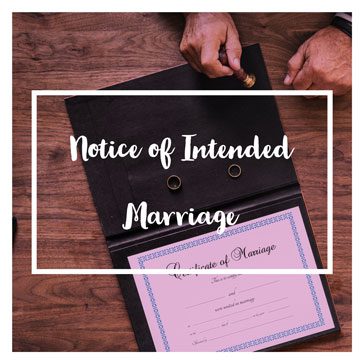

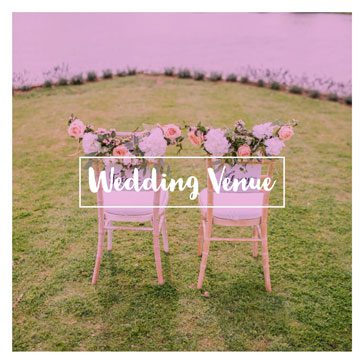
Here, page by page are my suggested changes to the NOIM
What changes still need to be made?
On page 1, in the box at the top, for celebrant use, I suggest the long box allocated to “Time” is divided in two and that half of it becomes dedicated to “Day”. I find it useful to have the day or the week as well as the date on the form – otherwise, it’s an extra task to go and look up the day when we enter the date.
The importance of getting language right
In the same box, I’d left-justify the boxes’ titles to allow extra room for Name of Parties – at present, they’re squeezed into a small space.
On Page 3, I particularly love the language around gender. To make the whole gender topic optional is a very positive step. As a gay marriage celebrant, who has experienced unease and angst from many LGBTI couples about the gender (or “sex”) on the NOIM, this will put lots of people at ease.
Gender Discrimination
There’s no reason for data on gender to be collected now that marriage is defined as being between two people. But if people want to include their gender details on their NOIM, that’s fine and is enabled by that being made optional. And the option of non-binary (rather than the offensive “other”) is fabulous! An alternative option is the term “gender diverse” but I am very happy with “non-binary”.
One suggestion I will make is that, in the gender section, F appears first and then M and then non-binary. There is no reason – apart from male-dominated tradition – for M to appear before F. It’s so out-of-date. Put F, then M, then Non-binary. You could use the reason for doing as “following alphabetical protocols”. But it’s more about taking the feminist approach rather than having ‘male’ dominate in this regard. In the gay community, we took this approach years ago, altering the original GLBTI to LGBTI, and now, it’s rarely questioned.
Tidy NOIM and use consistent terminology.
– Bronte Price
Why it’s important to use forms that are contemporary
Last Name should be the term used, rather than Surname. Surname shares a close relationship with inheritance of the male’s name. That is the origin of Surname. In contemporary Australia, we ought to be using Last Name, as it’s a more inclusive term. It’s like the shift from Christian Names to Given Names. And thank goodness you have at last got rid of bride and groom! That is a great change I applaud because it signals a genuine endeavour to be inclusive and contemporary.
Why is location of marriage important?
In Page 4:
The box titled At: This indicates where the marriage took place. Currently, we’re required to put Residence at 2 Smith Street, Jonestown, Vic 3999 if the ceremony takes place in a house; alternatively we’re required to put the name of the beach or park or “reception venue” and so on. If we now only have to put – in the example above – Jonestown, Victoria, then that’s a great step forward. I cannot think of any reason we or the couple would ever need to let anyone else know they got married at the Residence at …… for example. We should only collect data if we are going to use the data. Here’s an example of where it’ll never be used, so why collect it? Good job!
One minor change I’d make to that section, however, is to add Suburb – ie city, suburb or town and state or territory.
Transfer of Notice of Intended Marriage
I like the ease and simplicity of the box about Transfer of NOIM to another celebrant.
Consistency of terminology: in the last box on Page 4, labelled Official use only, the NOIM refers to a shortening of time. On Page 2, in Requirements applying to ALL marrying couples, the NOIM refers to “shorten the notice period”. Tidy this up and use consistent terminology. One term seems more colloquial, whilst the other seems more legalistic. Avoid confusion and use the same term in both places.
I like the changes of Conjugal Status. ‘Surviving Spouse‘ is a good and useful addition.
On the same page, where you ask for Full Name of Witness, left-justify the box, to make better use of the space on the page and to allow enough room for full name of the witness. It looks cramped.
Error: No feed found.
Please go to the Instagram Feed settings page to create a feed.









